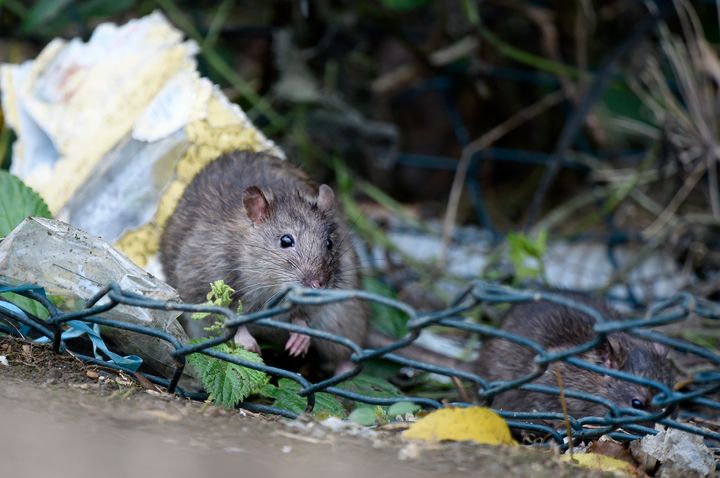
New York City’s estimated 2 million rats have a notorious reputation ― as disease-spreading, house-destroying, fire-starting vermin. But despite their ubiquity and the risks they pose to humans, very little is actually known about the rodents and their behaviour, according to a study published this week.
Eager to learn more, the research team has offered $1,000 to study rat-plagued homes and businesses in the city. Take that, Pizza Rat.
American and Australian researchers conducted the study, published in the Journal of Urban Ecology, which found that urban rats are the “least studied wildlife” in city environments, despite being among the “most important” of all urban animals.
“They are the bane of urban environments, associated with poverty, disease, and fines by public health authorities” said coauthor Jason Munshi-South in a statement.
Yet despite their bad reputation, scientists said the ecology of city rats is not well-understood, with “insufficient” research on the animal.
Part of the problem is that people see rats as the “‘pariahs’ of the animal kingdom, linked with disease, poverty and fear,” the study says. Because of this, home or business owners “plagued with rats are reluctant to tell anyone, or to share their residences with researchers,” said Munshi-South, an associate professor of biology at Fordham University in the Bronx.
But as lead author Michael Parsons warned, city-dwellers can’t afford to indulge their ignorance about their rat neighbors any longer. As city populations continue to balloon worldwide, rodent-related risks and diseases are anticipated to go up and up in the coming decades.
“We neglect to study them at our own peril,” said Parsons, a visiting research scholar at Fordham, in a statement. “No war has ever decimated one-third of the human population. Rats have.”
In an effort to bridge this critical knowledge gap, the scientists have urged others to start conducting robust studies into city rat behavior and movement patterns. To gain access to rat-infested homes and businesses, the scientists recommended “incentivizing” property owners so they’re more willing to open their properties for study. Local authorities could, for instance, provide discounts for pest extermination services in return for access, they said.
The scientists added that they’ve seen first-hand how effective such incentives can be. In their own research, the team offered free and confidential extermination services to “willing residences” that permitted their rats to be studied before the critters were exterminated.
To continue his research into New York City’s rats, Parsons is adopting this method himself. He’s offering up to a $1,000 “reward” for access to a viable rat-infested location in Manhattan.
H/T: CBS News
